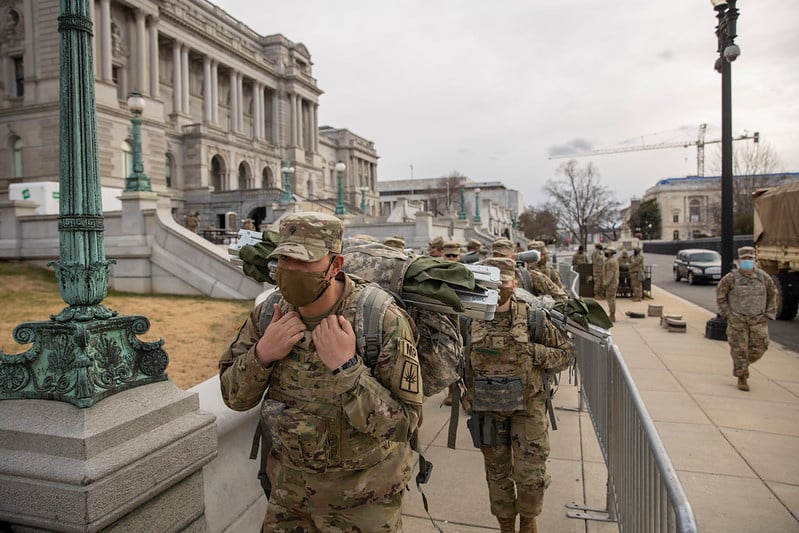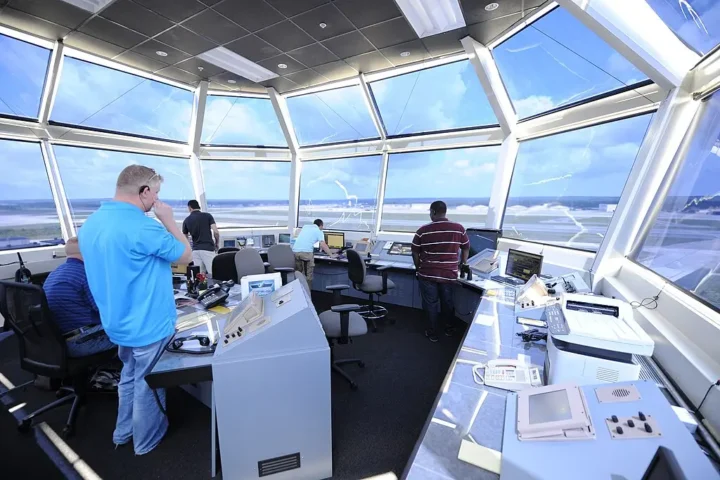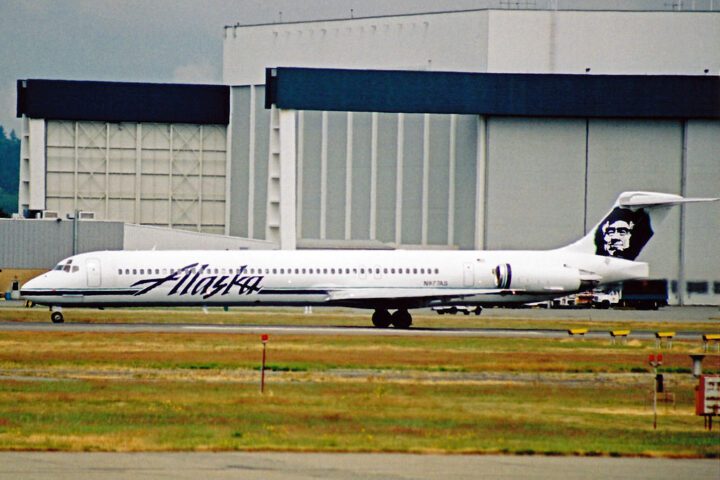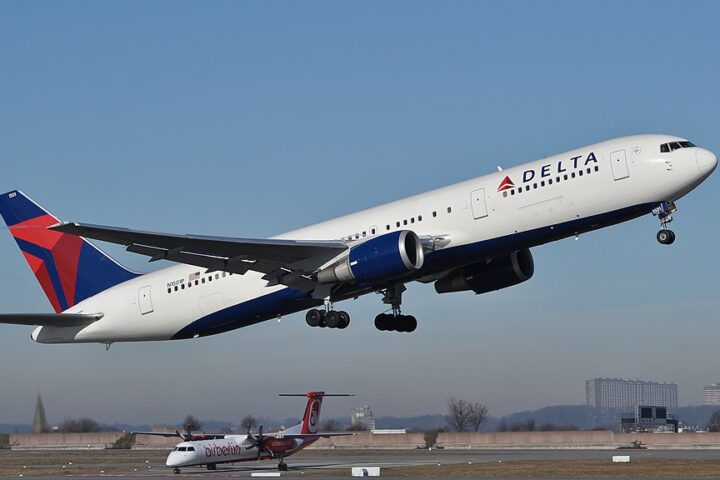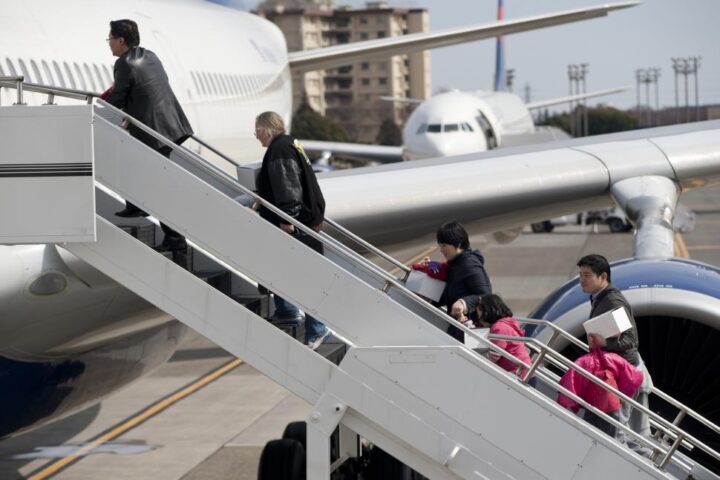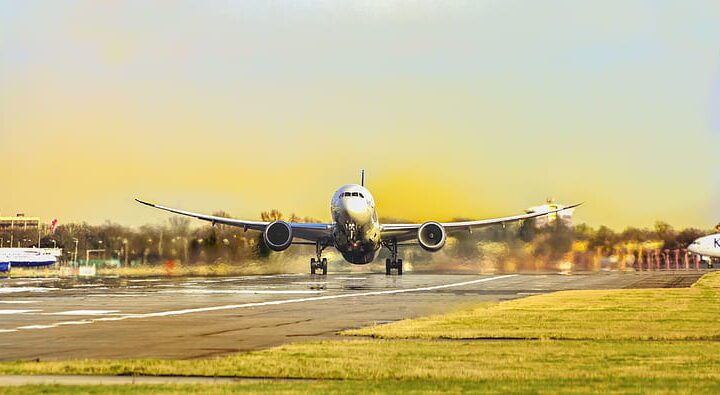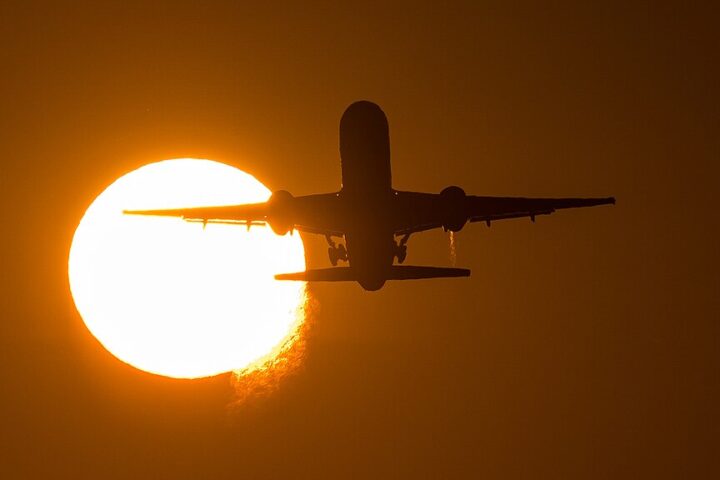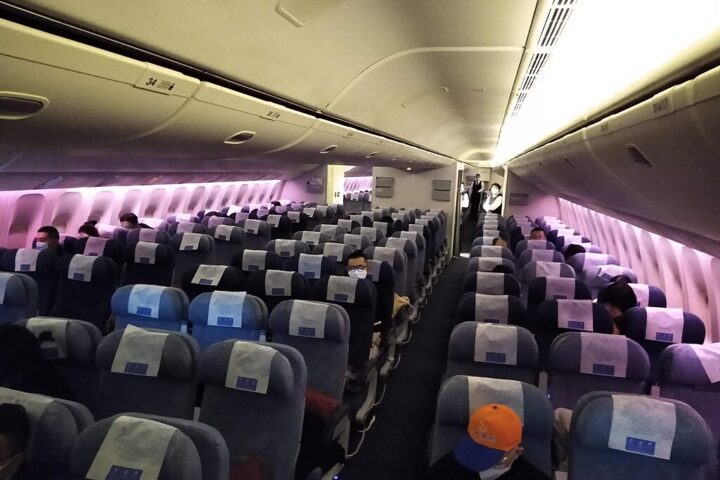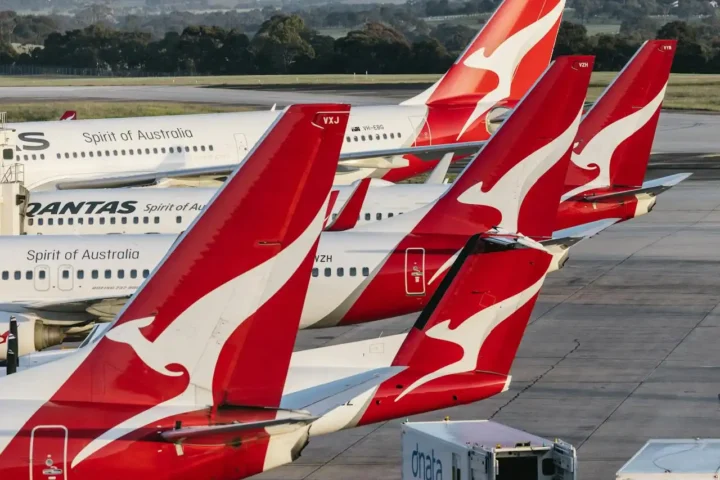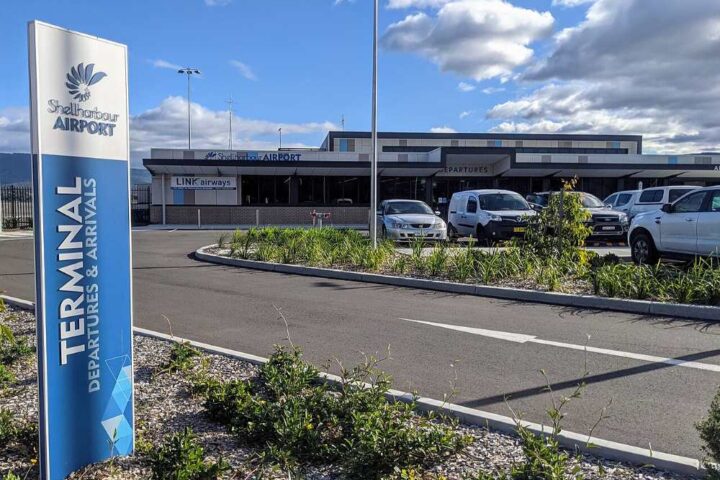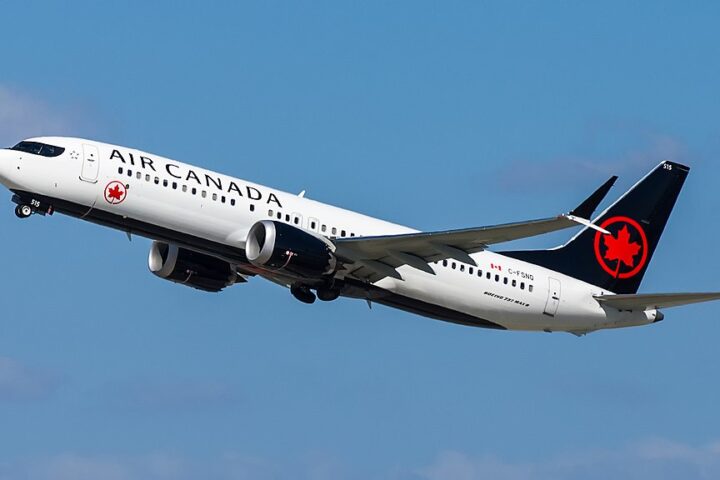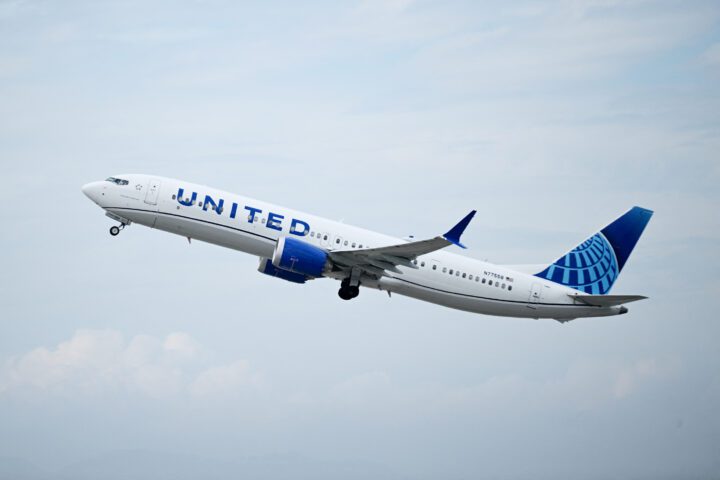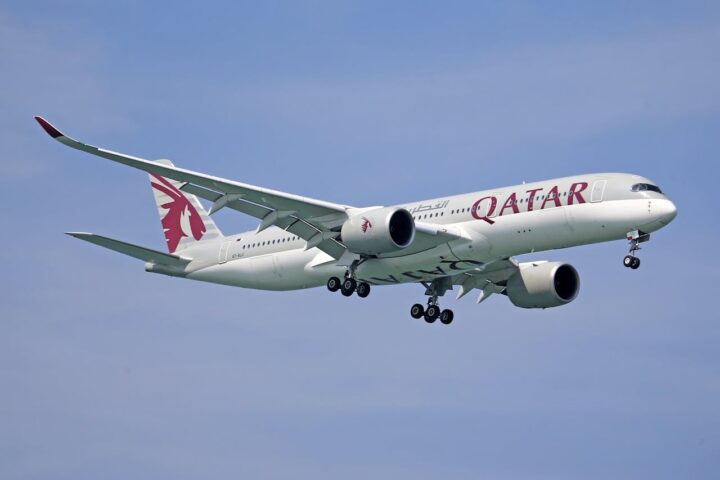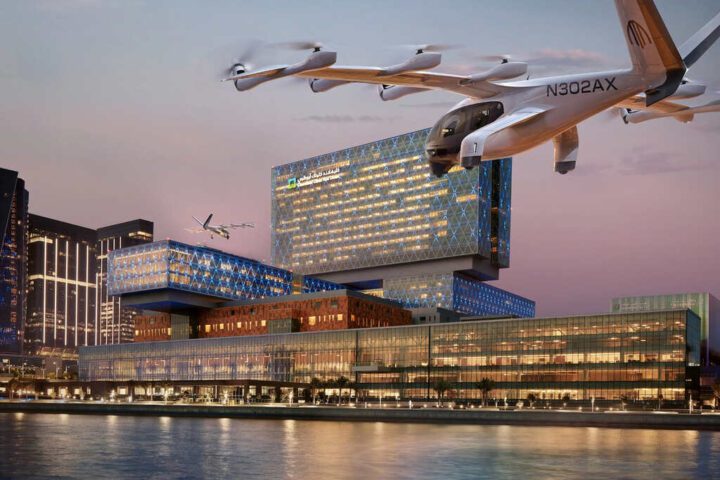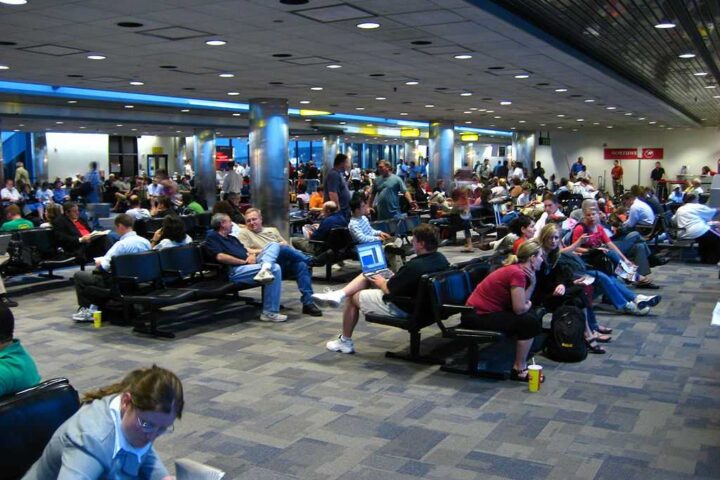India witnessed one of its worst aviation disasters on June 12, 2025, when Air India Flight AI171, a Boeing 787-8 Dreamliner bound for London Gatwick, crashed just 33 seconds after takeoff from Ahmedabad’s Sardar Vallabhbhai Patel International Airport. The crash claimed 241 lives on the aircraft and caused additional casualties on the ground when it slammed into the residential quarters of BJ Medical College.
The Crash Timeline
The ill-fated aircraft departed from Runway 23 at 1:39 PM IST carrying 230 passengers and 12 crew members. Captain Sumeet Sabharwal, a Line Training Captain with over 8,200 hours of flying experience, and co-pilot Clive Kundar with 1,100 flying hours, were at the controls.
Flight data shows the aircraft reached a maximum altitude of only 625 feet before it began descending rapidly. Video footage captured the horrifying moment when the plane, flying low with its landing gear still down, disappeared behind residential buildings before a massive fireball erupted.
Moments after takeoff, the pilots issued a “Mayday” distress call to Air Traffic Control, but no further communication was received before the crash.
The Sole Survivor
In what many are calling a miracle, one passenger survived the devastating crash. Vishwash Kumar Ramesh, a British national of Indian origin seated in 11A near an emergency exit, was thrown from the aircraft during impact. He was found disoriented with multiple injuries but in stable condition. Dr. Dhaval Gameti at Ahmedabad’s Civil Hospital told reporters that while Ramesh had injuries “all over his body,” he appeared to be “out of danger.”
Ground Casualties
The aircraft crashed into the residential complex of BJ Medical College, causing significant casualties beyond those on the aircraft. Medical students were dining in the mess hall when the plane struck, turning the structure into a charred wreck. The Federation of All India Medical Association reported that 50 medical students had been admitted to the hospital, with at least two in critical condition and four missing.
Passenger Manifest
The flight was carrying a diverse group of passengers:
- 169 Indian nationals
- 53 British nationals
- 7 Portuguese nationals
- 1 Canadian national
Among the victims was former Gujarat Chief Minister Vijay Rupani, whose death was confirmed by India’s Defense Minister Rajnath Singh.
Possible Causes
Aviation experts are investigating several theories based on initial observations and videos:
- Dual engine failure: The aircraft appeared to lack thrust, possibly due to bird strikes, fuel contamination, or mechanical failure.
- Improper flap configuration: Videos show the plane with possibly improper flap deployment or retraction.
- Landing gear issues: The aircraft’s landing gear remained down after takeoff, increasing drag and reducing climb performance.
- Heavy fuel load: The international flight was carrying approximately 125,000 liters of fuel, which contributed to the intensity of the post-crash fire.
Similar Posts
Home Minister Amit Shah noted, “The plane carried almost 125,000 litres of fuel, and due to the high temperature, there was no chance of saving anyone.”
Investigation Efforts
A high-level committee has been formed by the Indian government to probe the crash, with the Directorate General of Civil Aviation (DGCA) and the Aircraft Accident Investigation Bureau (AAIB) leading the inquiry. The UK’s Air Accidents Investigation Branch (AAIB) and the U.S. National Transportation Safety Board (NTSB) are sending teams to assist in the investigation.
One of the two black boxes (flight data recorder) has been recovered from the rear of the aircraft, while the search for the cockpit voice recorder continues.
Historic Significance
This marks the first fatal crash involving a Boeing 787 Dreamliner since the aircraft began commercial operations in 2011. The specific aircraft involved, registered as VT-ANB, was delivered to Air India in January 2014.
The disaster is India’s deadliest air crash since the 1996 Charkhi Dadri mid-air collision that killed 349 people, and the worst on Indian soil since the 2020 Air India Express crash in Kozhikode that claimed 21 lives.
Response and Relief Efforts
Rescue operations were swiftly mobilized by the National Disaster Response Force (NDRF), Indian Army, fire services, and ambulances. The Tata Group, which owns Air India, announced a compensation of Rs 1 crore for the families of each deceased passenger.

Prime Minister Narendra Modi expressed his shock on social media, stating: “The tragedy in Ahmedabad has stunned and saddened us. It is heartbreaking beyond words.”
As the investigation continues, the aviation industry watches closely for answers that might prevent such a tragedy from occurring again.

